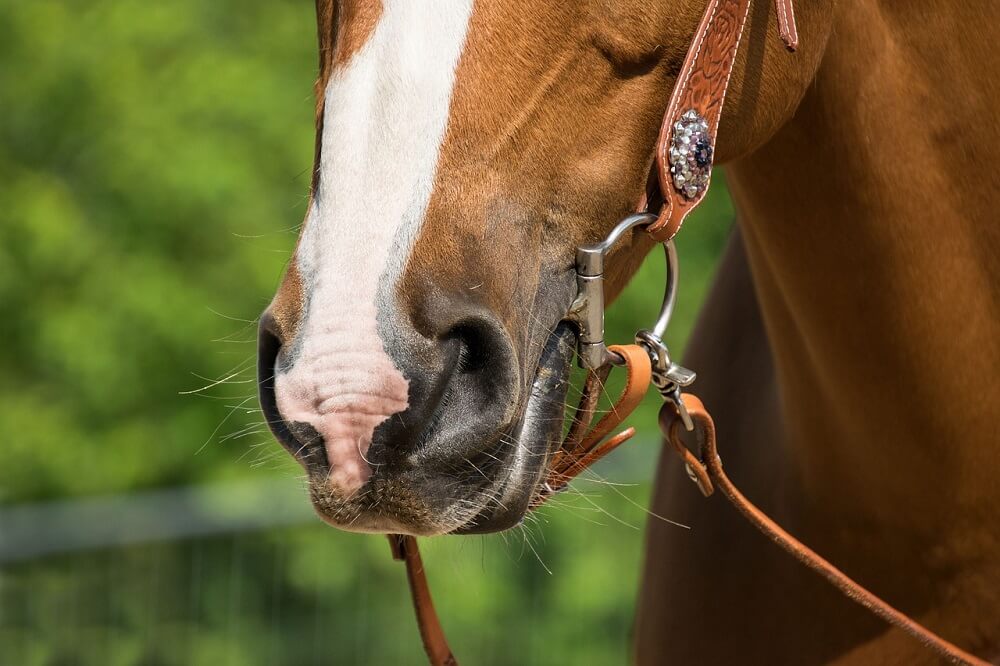Abscesses in horse hooves are a common but painful issue that many equestrian enthusiasts encounter. Identifying the causes and understanding the management of this condition is crucial for maintaining your horse’s health. In this article, well explore the factors that contribute to hoof abscesses and provide some effective strategies for their prevention and treatment.

The Anatomy of a Horse Hoof
Before we dive into the causes of abscesses, its important to understand the structure of a horse’s hoof. The hoof is a complex structure made up of three main parts: the wall, the sole, and the frog. Each of these parts plays a vital role in the overall health and function of the hoof.
The Hoof Wall
The hoof wall is the outermost part and acts as the barrier that protects the inner structures.
The Sole
The sole is the underside of the hoof and is responsible for bearing weight.
The Frog
The frog is the triangular part located at the bottom and helps in shock absorption.

Common Causes of Hoof Abscesses
So, what causes abscess in horse hoof predominantly? Below are the most common factors:
Poor Hoof Hygiene
One of the primary causes of hoof abscesses is poor hygiene. When hooves arent cleaned regularly, dirt and bacteria can build up, leading to infections.
Injury or Trauma
Trauma to the hoof, such as stepping on a sharp object, can create an opening for bacteria, leading to abscess formation.
Improper Shoeing
Incorrectly applied shoes can cause excessive pressure or create imbalances, contributing to abscesses.
Wet or Muddy Conditions
Hooves that are constantly wet are more susceptible to bacterial infections, which can lead to abscess formation.
Poor Nutrition
Diet plays a crucial role in hoof health. Nutritional deficiencies can weaken a horse’s hooves, making them more susceptible to infections.

Signs and Symptoms to Watch For
Recognizing the early signs of an abscess can help in prompt treatment and prevent further complications. Key symptoms include:
Lameness
Your horse may show signs of being lame, indicating pain in the hoof.
Heat in the Hoof
The affected hoof may feel unusually warm to the touch.
Swelling
There may be noticeable swelling around the hoof or lower leg.
Foul Odor
A distinct, foul smell from the hoof may be present, indicating infection.

Preventive Measures for Hoof Abscesses
Prevention is better than cure. Here are some steps you can take to minimize the risk of hoof abscesses.
Regular Hoof Cleaning
Ensure that your horses hooves are cleaned regularly to remove dirt and debris.
Proper Shoeing Techniques
Make sure that shoes are applied correctly by a professional farrier.
Maintain Dry Conditions
Avoid letting your horse stand in wet, muddy conditions for extended periods.
Balanced Diet
Provide a nutritionally balanced diet to support overall hoof health.
Treatment of Hoof Abscesses
If an abscess does develop, prompt treatment is essential.
Consult a Veterinarian
Always consult a veterinarian for proper diagnosis and treatment.
Drainage
In some cases, draining the abscess may be necessary to remove built-up pus.
Antibiotics
Antibiotics may be prescribed to combat bacterial infections.
Pain Management
Pain-relieving medications can help your horse remain comfortable during recovery.
Recovery and Aftercare
Proper aftercare is crucial for full recovery. Follow your vets instructions closely.
- Keep the hoof clean and dry.
- Administer prescribed medications as directed.
- Monitor for signs of re-infection.
When to Seek Professional Help
If symptoms persist or worsen, seek immediate veterinary assistance.
Real-Life Case Studies
Lets look at some real-life examples to understand the practical implications better.
Case Study 1: Barney
Barney, a 10-year-old gelding, developed a hoof abscess due to a puncture wound. Prompt veterinary care and proper aftercare led to full recovery.
Case Study 2: Star
Star, a 7-year-old mare, developed an abscess due to poor hoof hygiene. Regular cleaning and improved nutrition helped her recover.
Relevant Links for Further Reading
Frequently Asked Questions
Can hoof abscesses be prevented?
Yes, regular cleaning, proper shoeing, and maintaining dry conditions can greatly reduce the risk.
How long does it take for a hoof abscess to heal?
It typically takes about 1-2 weeks, but recovery time can vary.
Should I use antibiotics for a hoof abscess?
Consult your vet to determine if antibiotics are necessary for your horse’s specific case.
As an Amazon Associate, I earn from qualifying purchases.